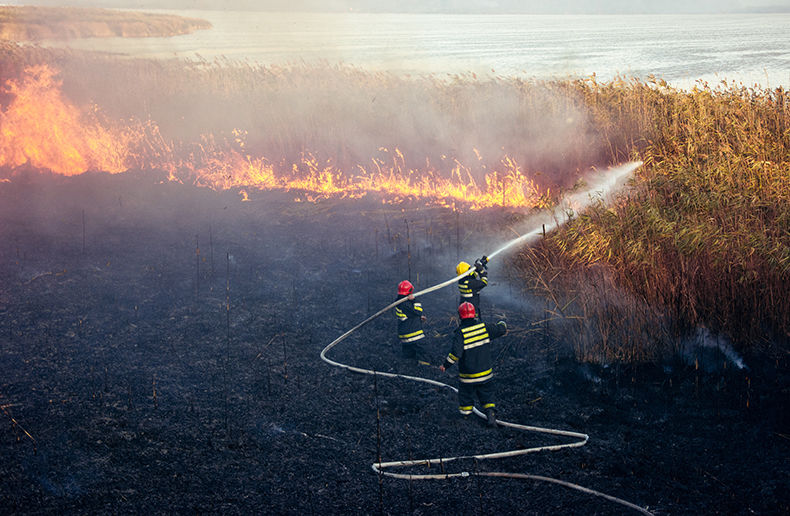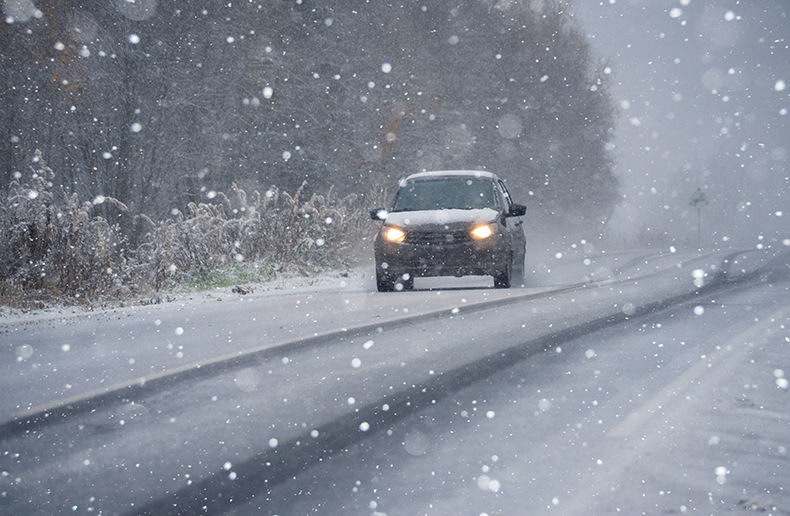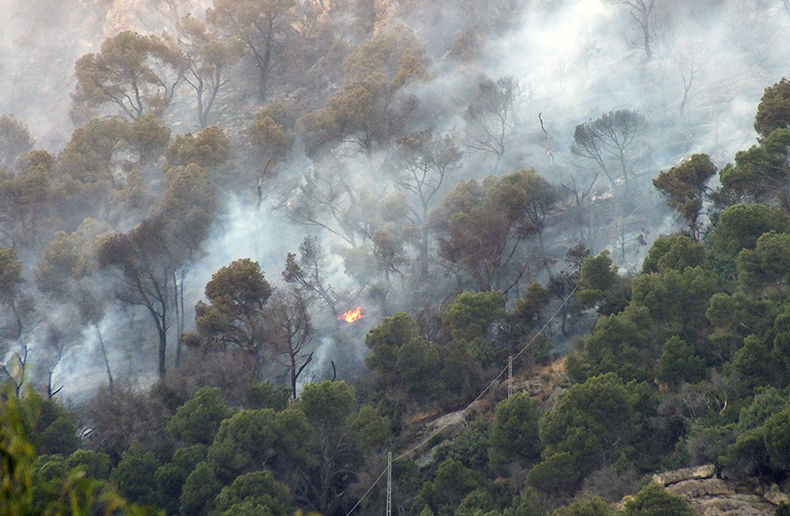Property and casualty insurers in Canada need to dramatically focus on sustainability to help both the industry and consumers, speakers told a Swiss Re insurance webinar.
A number of climate-related disasters in Canada last year, ranging from flooding in British Columbia in November and summer hailstorms in Calgary, helped push the amount of insured losses to $2.1 billion, the sixth highest year in insured losses since 1983.
The risks of climate change in Canada have become very visible around the world, exacerbated by a warming planet, said Mike Mitchell, head of property and specialty underwriting reinsurance at Swiss Re. And the insurance industry itself is struggling to keep up with the increasing demands generated by these ongoing natural disasters.
“Given the dramatic play of flood losses … we are beginning to understand that floods are no longer a secondary peril,” said Mitchell. “We believe flood is a peril that needs to be taken much more seriously and much more strategically.”
A call to action
He generated a call to action for the industry to dramatically improve the quality and transparency of data, saying that to do so would will help bring climate-related models more clearly into perspective in the years to come.
In addition, the property and casualty industry needs to think more about ESG sustainability and writing more business, rather than excluding certain businesses altogether. “Sustainable business is good business in the long run.”
As a catastrophic insurance underwriter, Mitchell said he has concluded that there is no uncertainty around the outlook for the insurance industry. “It seems to be an absolutely, predictable certainty that the types of weather activity we’ve become used to over the past several years are here to stay and indeed the trajectory of those just seems to be increasing.
“We now have a clarion call to do something about it.”
Higher costs
Don Forgeron, president and CEO of the Insurance Bureau of Canada (IBC) agreed that the defining challenge for the industry is climate change. On top of that though, COVID-19 and breaks in supply chains that are causing higher inflation numbers will lead to muted industry financial results. Forgeron said the consumer price index is currently running at 5.7 per cent for the overall economy, but for the insurance industry, it’s even higher: homeowner replacement costs are running at 13 per cent higher than before the pandemic and new vehicles are up more than seven per cent.
“So these costs are going to find their way into the system,” said Forgeron.
Currently, federal and provincial governments responsible for emergency preparedness are working to launch a new national flood insurance program to protect homeowners in high-risk flood zones. After two years of work, IBC is expected to release a final report on the program later this spring.
OSFI has also committed to addressing climate risk, said Forgeron. OSFI has created a sustainable finance team and is expected to put out guidance on mandatory climate disclosure this summer, he said. While Canada has been behind most other countries, Forgeron said it has been learning from other countries what that guidance should and should not contain.
Mandatory disclosure
“But there is no question that mandatory disclosure is coming and I think the industry has an opportunity and needs to work with other regulators to shape what that outcome might be,” he said. “I think there is a wonderful opportunity for the industry to reassert itself as an incredibly important player in local and global economies.”
Monica Ningen, president and CEO, Canada and English Caribbean, Swiss Re, said while the property and casualty industry is very keen on helping to lower factors that affect climate change, so are other industries like the building industry and processes used to construct housing.
“We have blockbuster moments ahead of us,” said Ningen.















